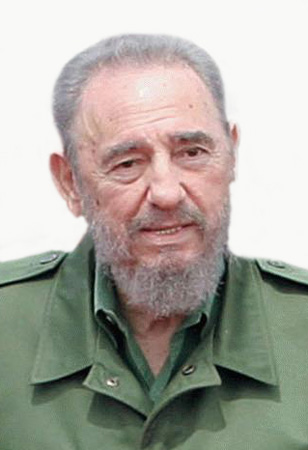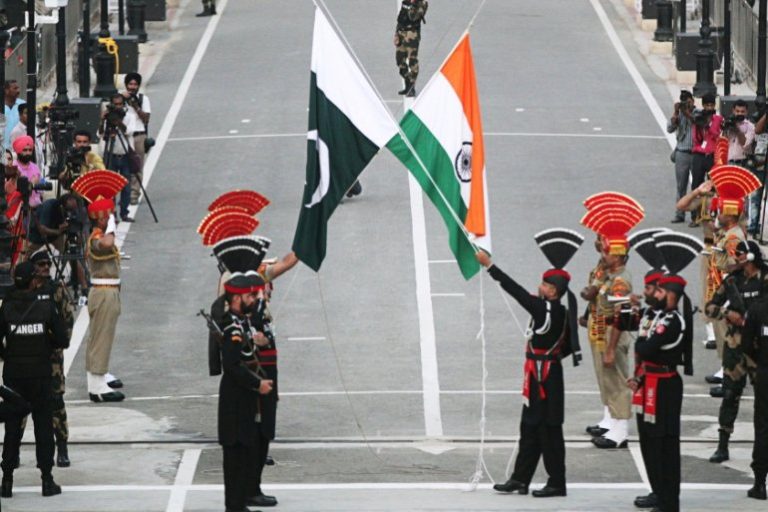Arms control and disarmament
Arms control refers to a set of agreements, treaties, and measures designed to limit the proliferation of weapons, particularly in the context of international relations. It aims to reduce the risk of armed conflicts and enhance global security. These agreements can cover various aspects, including the number of weapons, their deployment, and sometimes even their elimination.
Arms control and disarmament are related concepts, but they have distinct differences:
Arms Control:
- Definition: Arms control refers to measures taken to limit the development, deployment, and use of military arms and technologies, with the goal of promoting stability and preventing the escalation of conflicts.
- Scope: It doesn’t necessarily aim for complete elimination of weapons but focuses on regulating and reducing their numbers, capabilities, or deployment.
- Examples: Treaties that limit the number of nuclear warheads or impose restrictions on missile testing are examples of arms control agreements.
Disarmament:
- Definition: Disarmament, on the other hand, is the process of reducing or completely eliminating military weapons and capabilities, often with the ultimate goal of creating a world with fewer or no weapons of mass destruction.
- Scope: It involves the removal or destruction of weapons, reducing military forces, and eliminating specific weapon categories.
- Examples: The complete dismantling of chemical, biological, and nuclear weapons is an example of disarmament efforts.
In summary, arms control aims to manage and limit the use of weapons, while disarmament seeks the reduction or elimination of these weapons. Both are essential for international security, and their specific goals can vary depending on the context and agreements involved.
- Post-World War I: The first significant arms control effort came after World War I with the Treaty of Versailles (1919). It imposed restrictions on Germany’s military capabilities, reducing its army and prohibiting certain types of weapons.
- Washington Naval Treaty (1922): This treaty was aimed at limiting naval arms race. It set limits on battleships, cruisers, and aircraft carriers for the United States, Britain, Japan, France, and Italy.
- Intermediate-Range Nuclear Forces Treaty (INF) (1987): A notable Cold War treaty between the United States and the Soviet Union, which eliminated an entire class of nuclear missiles.
- Strategic Arms Reduction Treaty (START I and II): These treaties aimed to reduce the number of long-range nuclear weapons between the U.S. and the Soviet Union during the late 20th century.
- Nuclear Non-Proliferation Treaty (NPT) (1970): Although not purely an arms control treaty, the NPT aims to prevent the spread of nuclear weapons and promote disarmament among signatory countries.
- New START Treaty (2010): This treaty, signed between the U.S. and Russia, focuses on reducing strategic nuclear arms.
![]()


